Introduction: What Is an AI Model?
Picture this — you ask your phone a question, it gives you the perfect answer in seconds. Or you type a single sentence, and an AI turns it into a full image. Behind that “magic” is something very real: an AI model.
At its core, what is an AI model? Think of it as a digital brain—one that’s trained to recognize patterns, learn from massive amounts of data, and generate results. That could mean writing text, creating images, producing audio, or even predicting the future. It’s the tech that makes ChatGPT sound human, helps Netflix guess your next binge, and lets self-driving cars instantly recognize a stop sign.
The cool part? AI models don’t just follow pre-written instructions — they learn, adapt, and get better the more data they process. And that’s exactly why they’re revolutionizing everything from healthcare to gaming.
In this guide, we’ll unpack what is an AI model, how it works, the main types you’ll run into, and why monitoring these models has become mission-critical in today’s AI-driven world.
How AI Models Work
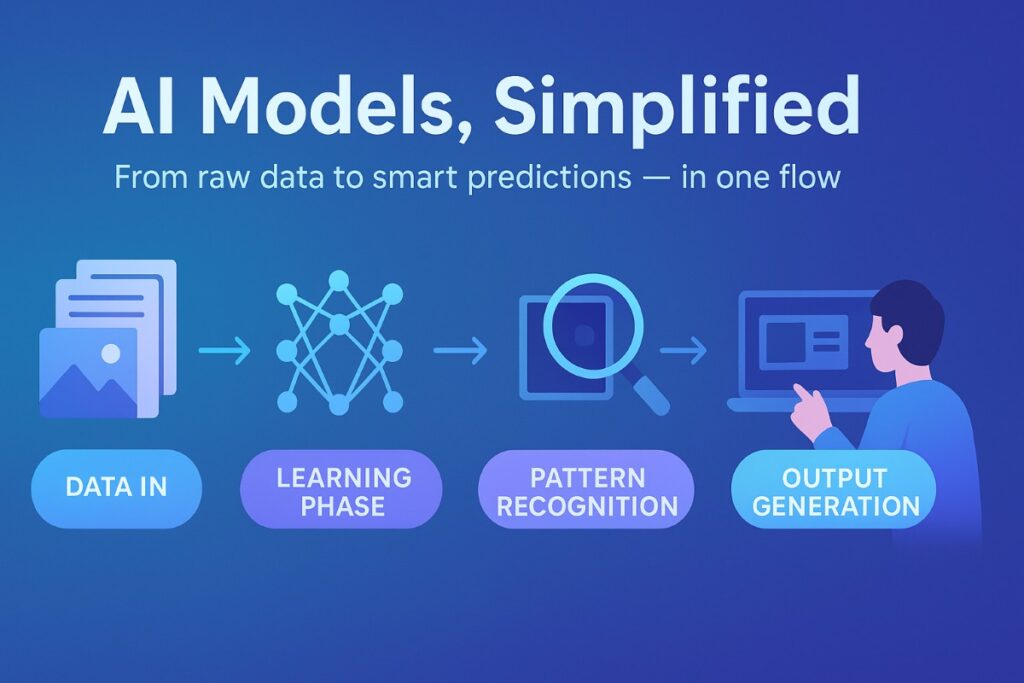
Think of What is an AI model like training a new team member — but instead of teaching one person, you’re shaping a digital brain with millions (or billions) of adjustable “neurons.”
Here’s the quick breakdown:
- Data Goes In – Everything starts with huge datasets: text, images, audio, or whatever the AI needs to learn. This is like feeding the model its world view.
- The Learning Phase – Using techniques like supervised learning (labeled data), unsupervised learning (finding hidden patterns), or reinforcement learning (trial and error with feedback), the model adjusts its internal connections — called parameters — to get better at the task.
- Pattern Recognition – Once trained, the model becomes a pattern-detection powerhouse. Give it a sentence, and it predicts the next word. Show it a photo, and it can identify what’s inside.
- Output Generation – The result can be text, an image, a recommendation, a prediction — whatever the model was designed to produce.
Here’s the twist: AI models aren’t static. Just like a playlist that changes as you discover new songs, models can be retrained or fine-tuned with fresh data, making them smarter (and sometimes biased — but we’ll get to that).
Next, we’ll look at the different types of AI models — from language masters like Claude and GPT to multimodal powerhouses that handle text, images, and beyond.
Types of AI Models
Not all AI models are built for the same job — some are great at talking, others at reasoning, and some can juggle multiple skills at once. If you’ve been wondering what is an AI model in practical terms, Let’s break down the main categories you’ll encounter (and meet a few standout examples).
1. Language Models 🗣️
Language models are trained to understand, process, and generate human language. They power chatbots, virtual assistants, content creation tools, and more. When asking what is an AI model in the context of language, think of systems like Claude Opus 4 and Claude Sonnet 4 — advanced models from Anthropic designed for nuanced conversation and high-level reasoning.
- Example: Claude Opus 4 and Claude Sonnet 4 — advanced models from Anthropic designed for nuanced conversation and high-level reasoning.
2. Reasoning Models 🧠
These models focus on logical problem-solving, step-by-step thinking, and decision-making. They’re especially useful in scenarios where accuracy and structured reasoning are critical.
- Example: OpenAI o3 and o4 Mini — lightweight but powerful reasoning models that excel at precise answers and efficient processing.
3. Multimodal Models 🎨
Multimodal models can work with more than one type of data at the same time — for instance, processing text, images, and sometimes even audio or video. This allows for highly interactive and creative applications.
- Example: ChatGPT-4o Omni — a cutting-edge model that can understand and generate across multiple formats seamlessly.
4. Voice & Speech Synthesis Models
AI systems that can generate natural, expressive speech from text, often mimicking specific voices or characters with remarkable accuracy.
- Example: MLP G5 AI Voice Models — These are specialized models trained to mimic the voice characteristics of My Little Pony G5 characters like Izzy Moonbow, Sunny Starscout, and Pipp Petals, offering highly expressive text-to-speech in unique character voices
Why Understanding AI Models Matters
AI models are everywhere — recommending what to watch, helping doctors spot diseases, even powering the chatbot you might be using right now. But here’s the thing: But here’s the thing: if you understand what is an AI model and how it works, you can do way more than just watch the magic happen.
Here’s why it’s worth knowing the basics:
- Smarter Choices – Picking the right AI model for a project is easier when you actually know what each one can (and can’t) do.
- Spot the Glitches – AI isn’t perfect. It can get biased, make weird predictions, or miss the point entirely. A little know-how helps you catch those slip-ups.
- Level-Up Your Skills – AI literacy is the new digital literacy. Whether you’re in tech, marketing, design, or even education,understanding what is an AI model is a skill that keeps you future-ready.
- Unlock Creative Ideas – Once you know a model’s strengths, you can bend the rules, mix tools, and come up with things others wouldn’t even think of.
Think of it like learning the rules of a game: you don’t just play better, you start spotting shortcuts, strategies, and hidden moves. That’s the power of understanding AI models.
Next, let’s see how AI models actually learn — from their first “lessons” to the point where they can outperform humans in certain tasks.
How AI Models Learn (Without the Boring Lecture)
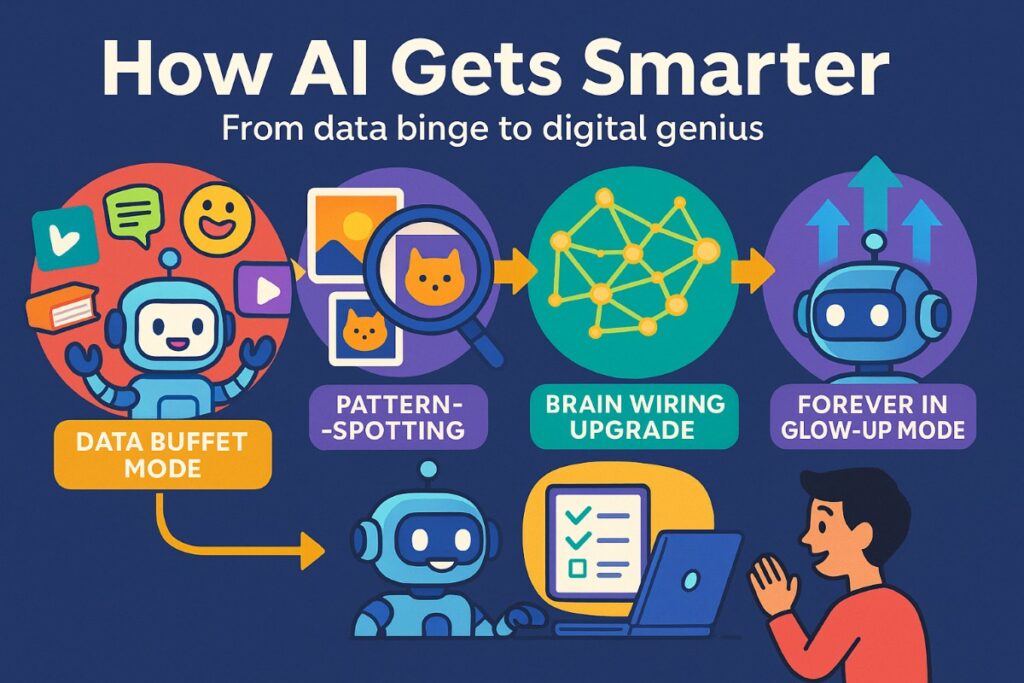
Think of an AI model like that one friend who’s scarily good at picking up new skills — but instead of binge-watching YouTube tutorials, it binge-learns from massive amounts of data. If you’ve ever wondered what is an AI model in action, this is it.
Here’s how it goes down:
- Data Buffet Mode 🍕📚
First, we feed the AI everything. Memes, books, videos, cat pics — you name it. This is its all-you-can-eat knowledge buffet. - Pattern-Spotting Like a Pro 👀
The AI starts noticing trends. “Oh, that’s what makes a sunset pic blow up on Insta” or “Yep, that’s definitely a cat, not a loaf of bread.” - Brain Wiring Upgrade ⚡
Inside, it’s adjusting millions (sometimes billions) of tiny “weights” — kind of like fine-tuning the EQ on a playlist until every song slaps. - Pop Quiz Time 📝
We throw it new data it’s never seen before. If it flops, no biggie — it just goes back, learns more, and levels up. - Forever in Glow-Up Mode 🔄
AI doesn’t graduate. It keeps learning, updating, and getting smarter — kind of like how your FYP keeps evolving based on what you binge.
The cool part? Once trained, the AI isn’t just parroting facts — it can create new stuff, predict what’s next, and sometimes drop answers you didn’t even see coming. And now that you know what is an AI model at its core, you’ll start spotting how these learning steps shape the apps, tools, and digital assistants you use daily.
Next, we’ll talk real-world AI magic — where these models actually flex their skills in your everyday life (and in some seriously futuristic ways).
Where AI Models Show Off in the Real World
AI models aren’t just chilling in research labs wearing digital lab coats — they’re out here flexing in ways you probably use every single day.
Here’s the highlight reel:
- Your Daily “How Did It Know?!” Moments 📱
Netflix suggesting exactly the show you were in the mood for. Spotify dropping a “Discover Weekly” playlist that hits different. Yup — AI models are the behind-the-scenes DJs. - Smart Assistants That Actually Feel Smart 💬
Siri, Alexa, and Google Assistant? They’re powered by language models that can almost hold a normal convo… and sometimes roast you if you ask the wrong thing. - Self-Driving Cars = AI on Wheels 🚗🤖
These cars are like overachieving students — constantly scanning the road, predicting moves, and reacting faster than a human could blink. - Face ID and Filters 🔍✨
That lock screen face scan? The AR filter that makes you look like a 90s anime character? AI’s the reason they don’t glitch (most of the time). - Business Power Moves 📈
From detecting fraud before your credit card gets maxed out to predicting which products will sell next season — AI models keep brands two steps ahead.
Basically, if the internet feels like it “just knows you,” that’s AI models quietly running the show. The wild part? We’re only seeing version 1.0 of what they can do. The real glow-up is coming.
The Future of AI Models: Level-Up Mode Unlocked 🚀
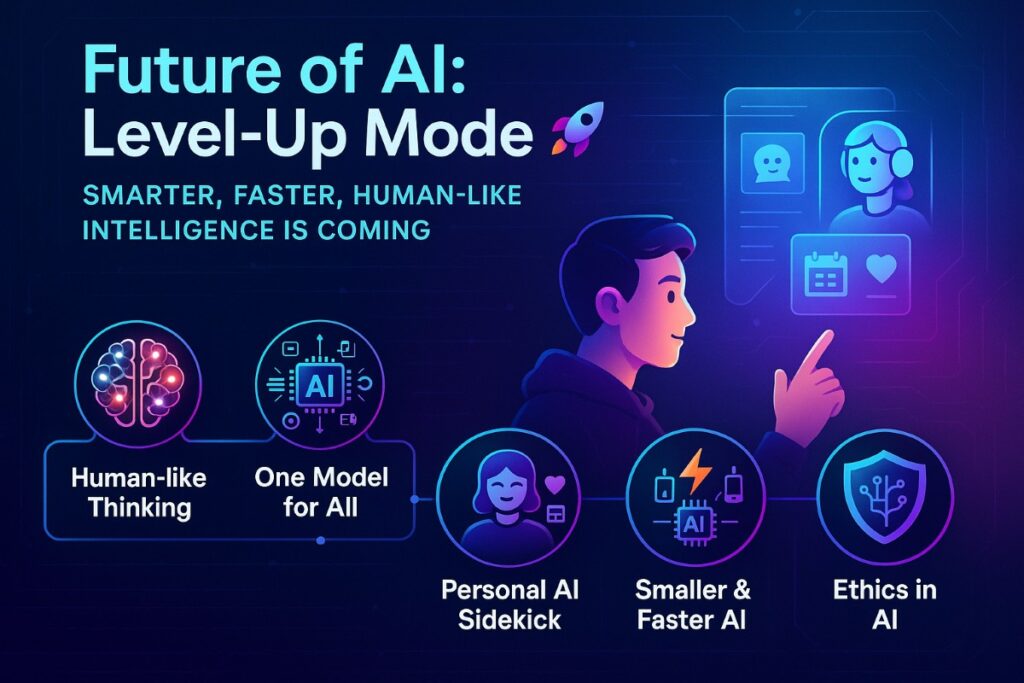
Right now, AI models feel impressive — but in a few years, today’s tech will look like dial-up internet compared to what’s coming.
Here’s what’s brewing in the AI cauldron:
- Models That Learn Like Humans 🧠
Instead of just crunching data, future AI could “think” in a way that’s closer to human intuition — connecting dots we don’t even see yet. - One Model to Rule Them All 🌍
We’re moving toward multimodal AI — a single model that can process text, images, audio, and video all in one. Imagine chatting with an AI about a meme, a song, and a business plan… in one convo. - AI That’s Always On, Always Yours 📲
Your personal AI sidekick that remembers your preferences, your schedule, even your mood — basically, a digital best friend who doesn’t ghost you. - Smarter, Smaller, Faster ⚡
As models become more efficient, they won’t just live in big servers — they’ll run on your phone, your smartwatch, maybe even your toaster (because why not?). - Ethics in the Spotlight 🛡️
More power means more responsibility. Expect the future to be about not just what AI can do, but how it should do it.
If the past five years were the AI trailer, the next five are going to be the blockbuster movie. And the best part? You’re living in the premiere era.
Wrapping It Up: So… What Is an AI Model, Really?
At its core, an AI model is a supercharged problem-solver — built on patterns, trained on mountains of data, and fine-tuned to turn complexity into clarity. Whether it’s powering your smart assistant, generating creative ideas, or predicting market shifts, it’s the engine that makes artificial intelligence actually intelligent.
But here’s the real takeaway — AI models aren’t just “tech tools” anymore. They’re becoming partners, co-creators, and even decision-makers in our daily lives. And understanding what they are is your first step to navigating the AI-powered future like a pro.
Want to see these models in action? Check out our deep dives into some of the most advanced AIs out there:
- Claude Opus 4 & Claude Sonnet 4 – Anthropic’s heavy hitters.
- OpenAI o3 & o4 mini – small but mighty reasoning machines.
- Meet ChatGPT-4o Omni – the next-gen conversational powerhouse.
The AI revolution is here — and now, you know what’s under the hood. Time to make it work for you. 🚀
Related Post:
Google AI Mode: Complete Guide, Features, and How to Access

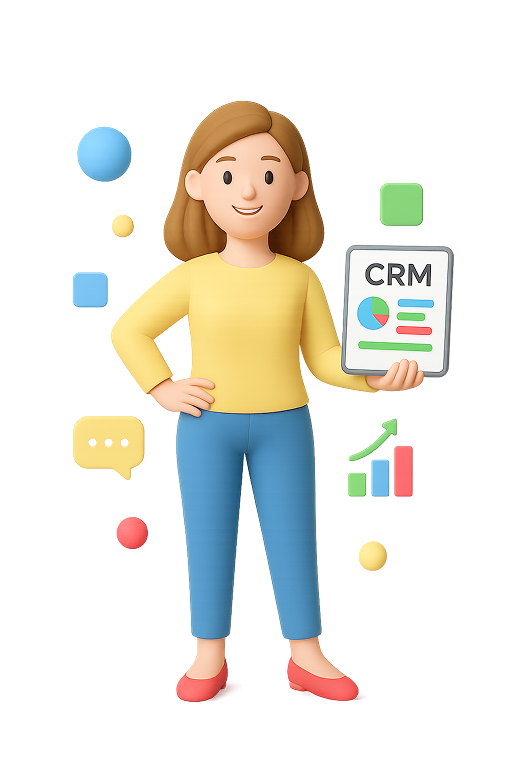

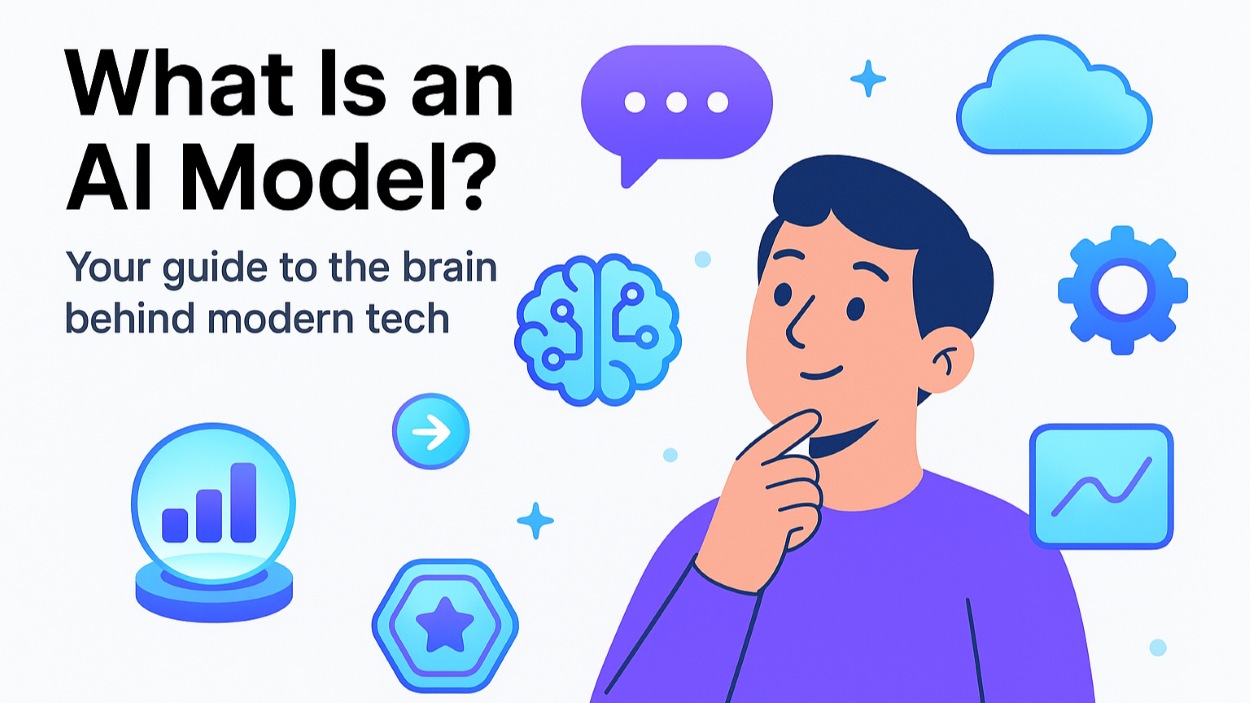
%201.png)

%201.png)

%201.png)

